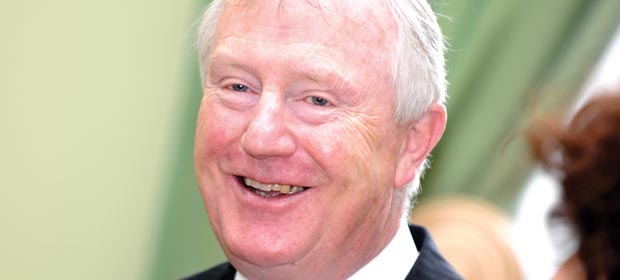Money following the patient may have profound implications for service providers. In deciding where to spend the money available to them, to what extent will convenience and service quality considerations influence decisions, asks Denis Doherty.
One of the promises yet to be clarified is that in future ‘money will follow the patient’. Last time, I described versions of money following the patient that have been tried here, less than successfully, in the past. That said, I acknowledged that there are potential benefits in allocating resources based on ‘money following the patient’ and promised to elaborate this time.

In any ‘money follows the patient approach’ the benefits are likely to be in the areas of improved efficiency, greater effectiveness and a more open system that offers patients and service users a greater involvement in the decisions affecting them.
Money following the patient may have profound implications for service providers. In deciding where to spend the money available to them, to what extent will convenience and service quality considerations influence decisions? What will the implications be for providers of long stay care if service users opt to use the available money to assemble home care packages instead? That assumes, of course, that service users will be given meaningful roles in decisions on how their needs are to be met. If they’re not, why bother?
It may prove easier initially to have money follow users of non-acute services. One straightforward way would be to provide service users with vouchers that could be used to buy services of their choosing. Ideally, in every case, the value of the vouchers ought to be capable of buying the level of service the user needs. A voucher capable of obtaining only the equivalent number of home help hours that is already known to be inadequate would hardly interest service users. Some might even consider it inconvenient to have to choose a home help themselves.
A ‘money follows the patient’ approach can sometimes be a euphemism for little more than a new way of controlling costs. Paul Ryan, who was Mitt Romney’s running mate in last year’s U.S. presidential election, had something like that in mind when, in 2009, he proposed converting Medicare into a “defined contribution sort of voucher scheme”. Interpretations that likened the proposal to a retail type slogan ‘WHEN YOUR VOUCHERS ARE GONE – YOU’RE GONE’ meant that Republicans sought to distance themselves from it while still threatening to appeal Obamacare and reduce spending on Medicaid.
What will the implications be for providers of long stay care if service users opt to use the available money to assemble home care packages instead?
We’re not likely to be offered Paul Ryan style ‘vouchercare’ or personal healthcare budgets based on our healthcare needs anytime soon! Is it possible then to move towards an acceptable Irish version of ‘money follows the patient’?
I believe it is. Perhaps we’re already moving in that direction. The recent announcement that in future certain hospital procedures may no longer be covered routinely is an example of such a move. Many years ago, the State of Oregon in the USA developed, through a democratic consultative process, an extensive range of priorities as a guide to how their healthcare system would work within the resources available to them.
The controversy last year over the authorisation of new high-tech medicines and the development of our cancer services network are other examples of a stronger emphasis on affordability and effectiveness than we have been accustomed to.
One of the disappointing trends of recent years has been that we have not allowed the specialty of public health to perform the role it is well capable of in providing the evidence base for strategic policy making and good operational decision-making. Add technology assessment and the necessary social policy competencies and we could soon be capable of developing a ‘money follows the patient’ approach suited to expending our limited healthcare resources to better effect.

